
Nozzle Diameter: 10 (ø1.0mm), Vacuum Pressure: S (-90 kPa), SUP: 01 (Screw-in Rc 1/8), VAC: 01 (Screw-in Rc 1/8), EXH: 01 (Screw-in Rc 1/8), Accessories: N (w/o Bracket, w/o Silencer)
Nozzle Diameter: 05 (ø0.5mm), Vacuum Pressure: S (-90 kPa), SUP: 01 (Screw-in Rc 1/8), VAC: 01 (Screw-in Rc 1/8), EXH: 01 (Screw-in Rc 1/8)
Nozzle Diameter: 10 (ø1.0mm), Vacuum Pressure: S (-90 kPa), SUP: 01 (Screw-in Rc 1/8), VAC: 01 (Screw-in Rc 1/8), EXH: 01 (Screw-in Rc 1/8)
Nozzle Diameter: 07 (ø0.7mm), Vacuum Pressure: S (-90 kPa), SUP: 01 (Screw-in Rc 1/8), VAC: 01 (Screw-in Rc 1/8), EXH: 01 (Screw-in Rc 1/8)
Nozzle Diameter: 05 (ø0.5mm), Vacuum Pressure: S (-90 kPa), SUP: 01 (Screw-in Rc 1/8), VAC: 01 (Screw-in Rc 1/8), EXH: 01 (Screw-in Rc 1/8), Accessories: N (w/o Bracket, w/o Silencer)
Port size M5 01 02 03 04 M5 x 0.8 R 1/8 R 1/4 R 3/8 R 1/2 With One-touch fitting Clean specifications Metal parts material Q G Brass (electoless nickel plated) Stainless steel 304 Needle Valve/Flow Rate Characteristics Note) The flow rate characteristics are representative values.
Metric size Inch size With One-touch fitting 04 06 08 10 12 01 03 05 07 09 11 4 6 8 10 12 1/8" 5/32" 3/16" 1/4" 5/16" 3/8" Thread type Nil Metric thread (M5) Unified thread (10-32 UNF) R NPT AS N ASP Bore size ASN M5 x 0.8 10-32 UNF 1/8 1/4 3/8 1/2 M5 U10/32 01 02 03 04 AQ ASV AK ASS Needle Valve/Flow Characteristics (Inlet Pressure: 0.5 MPa) ASR ASD230F ASD330F ASD430F ASF 100 200 400 Flow
When a load, such as a relay or solenoid, which generates surge is directly driven, use a type of switch with a built-in surge absorbing element. 8.
a guide, use a solenoid valve with a large effective area for the unlocking solenoid.
When a load, such as a relay or solenoid, which generates surge is directly driven, use a type of switch with a built-in surge absorbing element. 8.
When a load, such as a relay or solenoid, which generates surge is directly driven, use a type of switch with a built-in surge absorbing element. 8.
When a load, such as a relay or solenoid, which generates surge is directly driven, use a type of switch with a built-in surge absorbing element. 8.
When a load, such as a relay or solenoid, which generates surge is directly driven, use a type of switch with a built-in surge absorbing element. 8.
When a load, such as a relay or solenoid, which generates surge is directly driven, use a type of switch with a built-in surge absorbing element. 8.
If there is a risk of contact, provide safety measures such as a cover or a system that uses sensors that will activate an emergency stop before contact is made. 2. Use a balance circuit in which lurching of the piston is taken into consideration.
When a load, such as a relay or solenoid, which generates surge is directly driven, use a type of switch with a built-in surge absorbing element. 8.
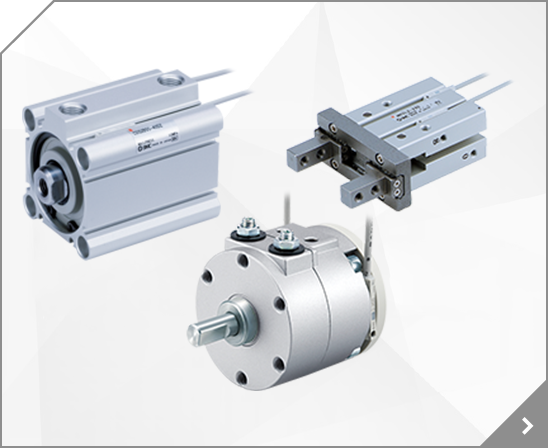


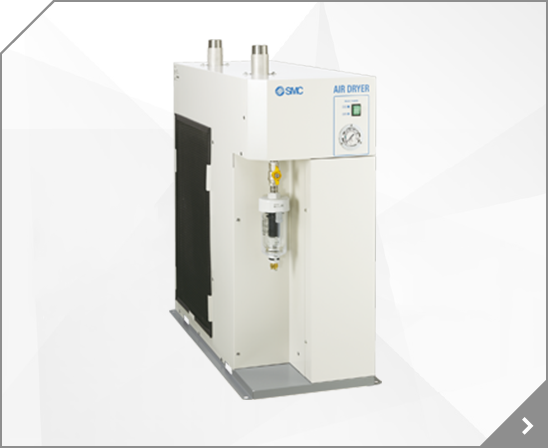
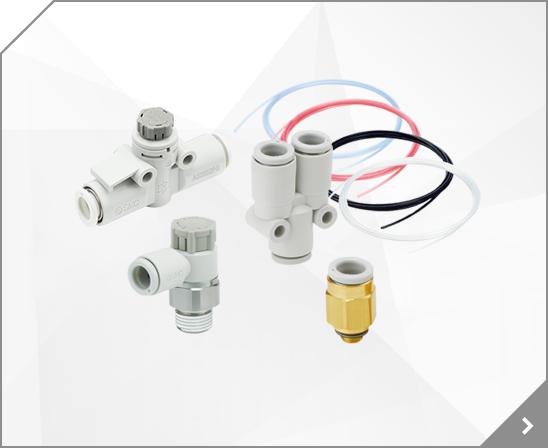
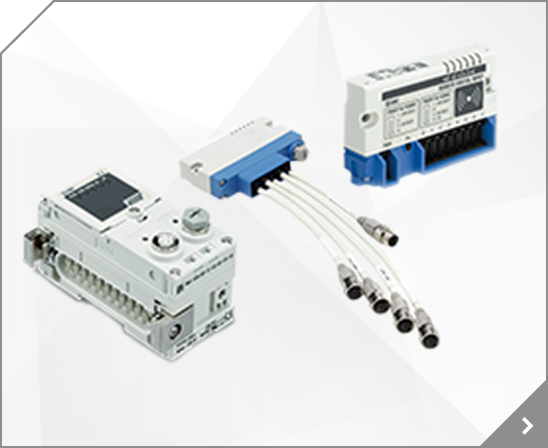
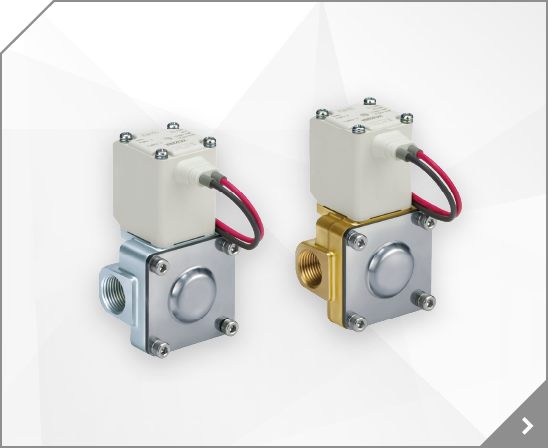
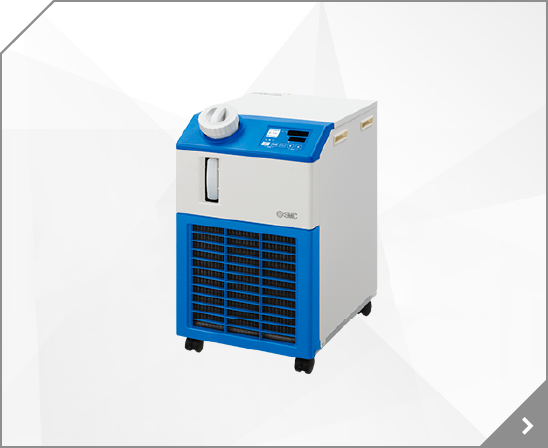
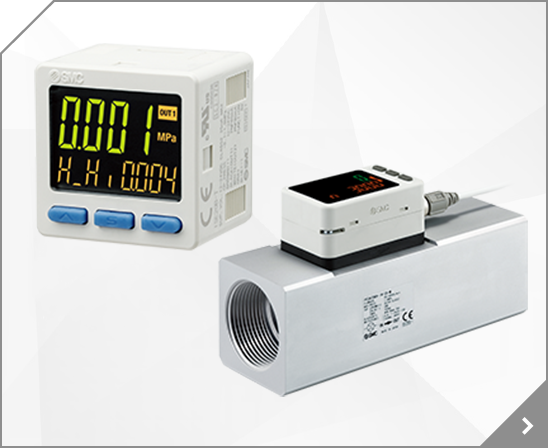
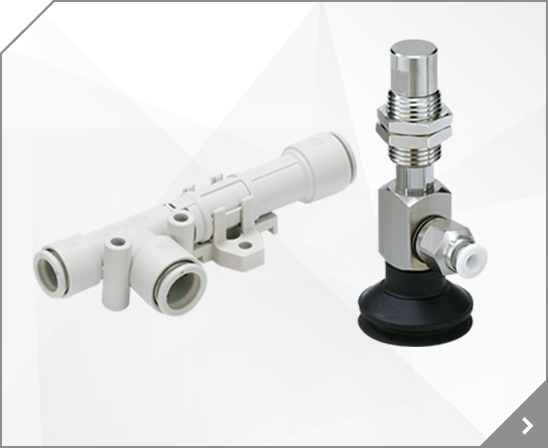

 AS-FPQ/FPG
AS-FPQ/FPG